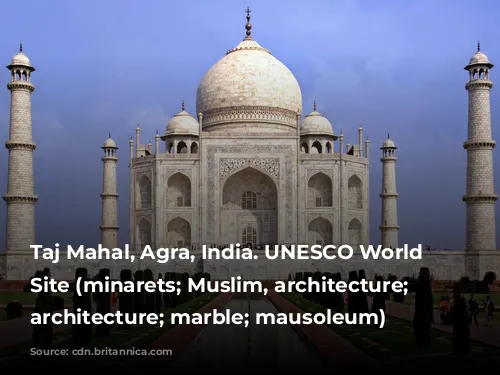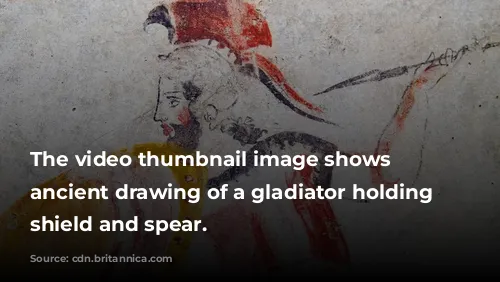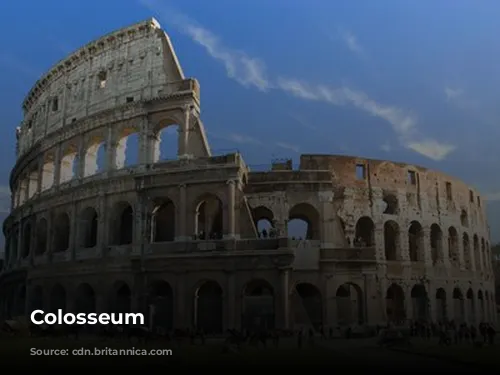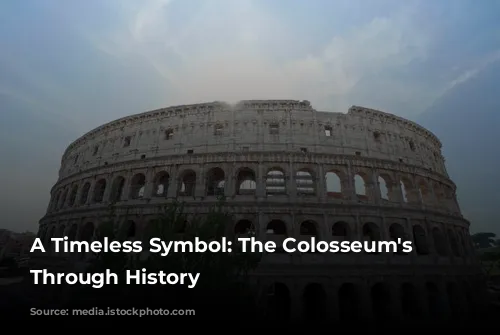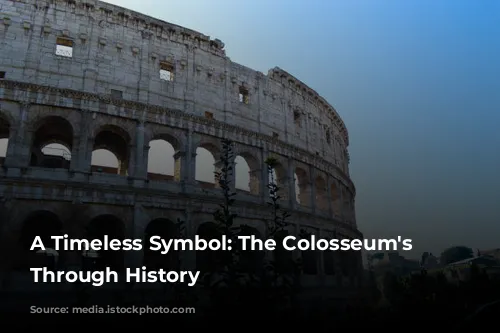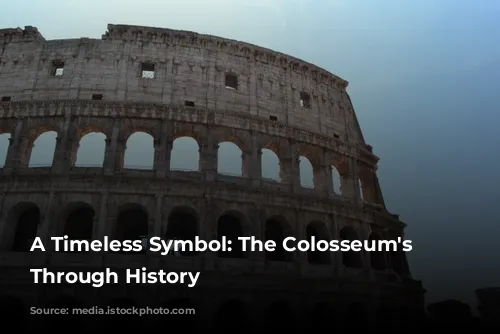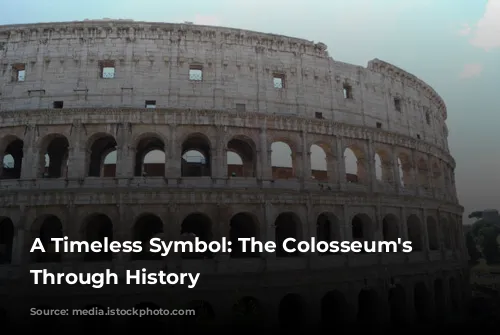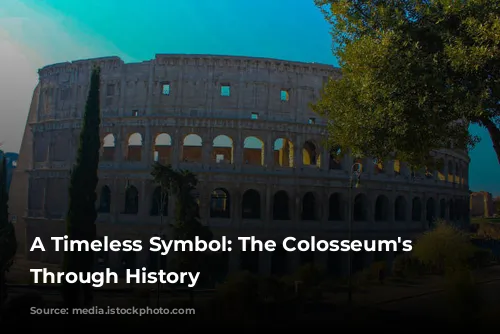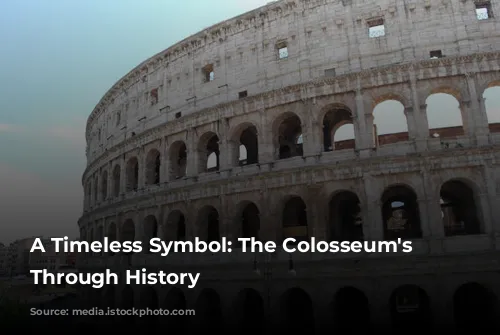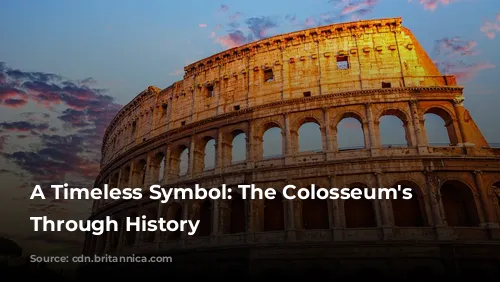The Colosseum, a towering monument standing as a testament to the Roman Empire’s architectural brilliance, is a must-see for any visitor to Rome. It’s not just a stunning relic of the past; it’s a major tourist attraction that contributes significantly to Italy’s economy. In 2018, the Colosseum, along with the Roman Forum and Palatine Hill, generated over $63.3 million (€53.8 million), making it the most lucrative tourist destination in the entire country.
This iconic structure has witnessed a fascinating evolution throughout its history. Its story begins with a period of grandeur and celebration. The Colosseum was commissioned by Emperor Vespasian to revitalize Rome after a chaotic year of power struggles. Like other amphitheatres, it was designed as an entertainment venue, hosting thrilling events like gladiator fights, animal hunts, and even mock naval battles.
The Colosseum’s construction began under Vespasian’s reign between 70 and 72 CE. The completed structure was dedicated in 80 CE by his son and successor, Titus, and later expanded by Emperor Domitian in 82 CE. Intriguingly, the arena’s construction was funded by the spoils of war – the plunder from Titus’s conquest of Jerusalem in 70 CE. Sadly, this victory came at a heavy cost, as enslaved Jews from Judaea were used as laborers in the Colosseum’s construction.
A Colossal Engineering Feat
The Colosseum is an elliptical structure made of stone, concrete, and tuff. This impressive amphitheatre, standing at four stories tall, measures 620 by 513 feet (189 by 156 meters), and could accommodate an astounding 50,000 spectators. Its grand design and immense scale made it the largest amphitheatre ever built, forever associated with the spectacle of gladiatorial combat.
The Colosseum’s construction was a marvel of engineering. It was built just east of the Palatine Hill, where Nero’s Golden House once stood. The artificial lake that was the centerpiece of this palace complex was drained to make way for the Colosseum, a decision that was both symbolic and practical. Vespasian, who rose from humble beginnings to become emperor, chose to replace Nero’s luxurious lake with a public amphitheater that could entertain tens of thousands of Romans.
Unlike earlier amphitheatres, which were often built into hillsides for stability, the Colosseum stands alone, a testament to Roman architectural ingenuity. It features a complex system of barrel vaults and groin vaults, and its three main stories boast arcades adorned with columns in the Doric, Ionic, and Corinthian orders. These architectural features, along with the rising arrangement of columns, influenced the Renaissance codification known as the assemblage of orders.
Through the Ages: Decadence and Restoration
The Colosseum’s history is not only a story of splendor and spectacle, but also of neglect and decay. After the fall of the Western Roman Empire, the Colosseum fell into disrepair. It was repurposed as a fortress by the Frangipane and Annibaldi families in the 12th century. In the late 15th century, Pope Alexander VI even allowed the Colosseum to be used as a quarry, stripping its marble seats and decorative elements. For over a thousand years, this once-glorious monument was treated as nothing more than a source of building materials.
However, the Colosseum’s story is also one of resilience and renewal. In the 19th century, preservation efforts began in earnest, with notable contributions from Pius VIII. In the 1990s, a major restoration project breathed new life into the Colosseum, bringing it back to its former glory.
Today, the Colosseum is one of Rome’s most celebrated landmarks. It attracts millions of visitors each year, who marvel at its architectural grandeur and learn about the history of ancient Rome through the changing exhibitions mounted there. The Colosseum stands as a powerful reminder of the past, reminding us of the Roman Empire’s triumphs and the enduring power of human creativity.
